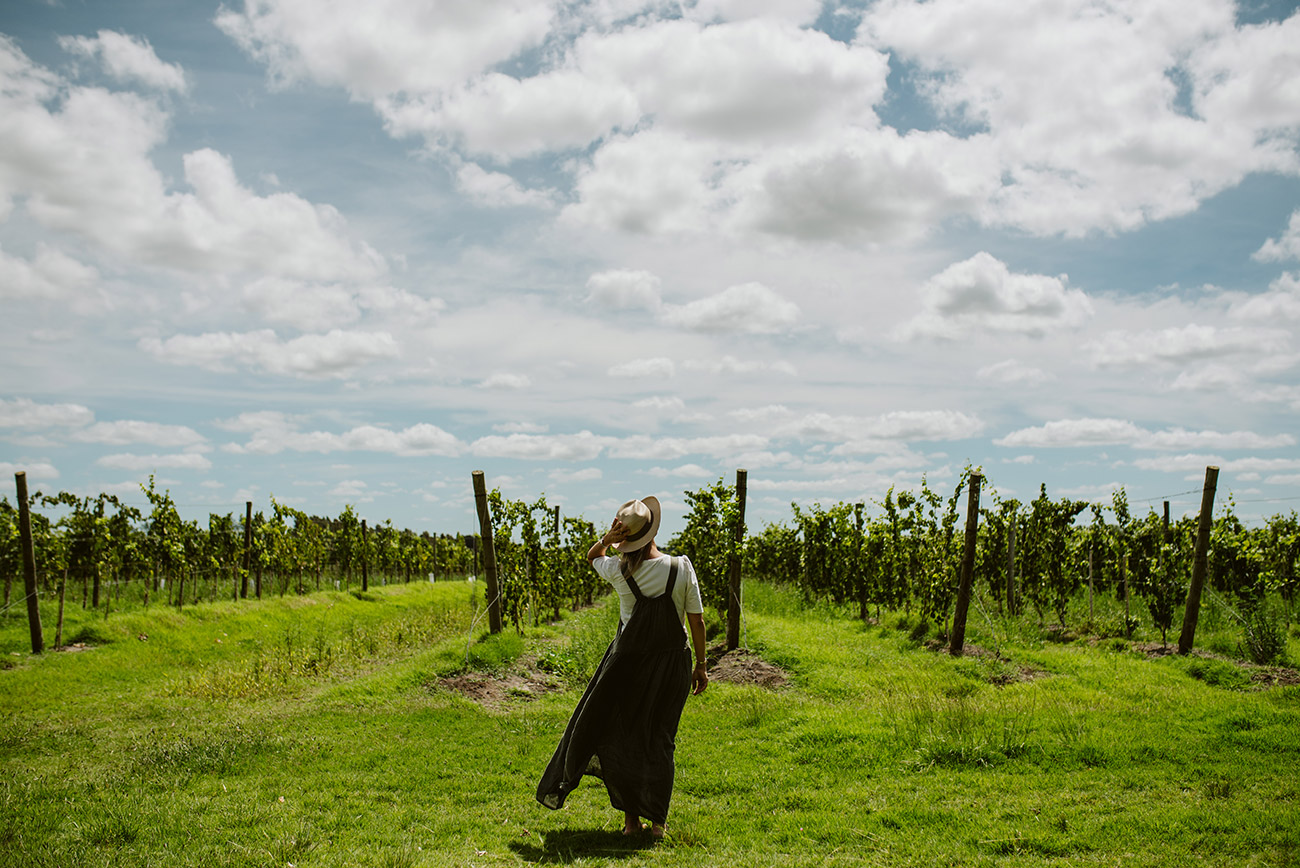Harvest Report
2021
In terms of temperature, the winter stood out for its accumulation of cold units, well above normal levels. Spring was cool, dry, and very sunny, while summer was humid with low nighttime temperatures. Albariño excelled with an explosion of fruit, and the red wines showed remarkable character.

Rainfall during the winter of 2020 was normal, allowing for strong replenishment of the soil’s water reserves. In terms of temperature, the season stood out for an accumulation of cold units well above average, resulting in a very uniform and complete budburst at the start of the growing cycle. Low temperatures extended through spring, remaining below seasonal norms but not cold enough to cause frost. This thermal pattern delayed the phenological cycle by a few days. Additionally, low cloud cover increased solar radiation levels, while rainfall from September to December was 57% below the climatic average, creating an early water deficit that lasted until mid-January. This period was also marked by low nighttime temperatures, which enhanced color synthesis in red varieties.
The first significant summer rainfall arrived on January 15, ending the drought, followed by two rainy periods in early February and March, with total precipitation about 6% above average and notable regional variation—the eastern region being the wettest. Among the white varieties, Albariño stood out for its excellent adaptation to these conditions, producing wines bursting with fruit, mineral and herbal notes, lively acidity, generous volume, and long persistence. The reds showed depth of character, balanced acidity, and a floral, spicy, mineral aromatic profile complemented by supple, sweet tannins.
